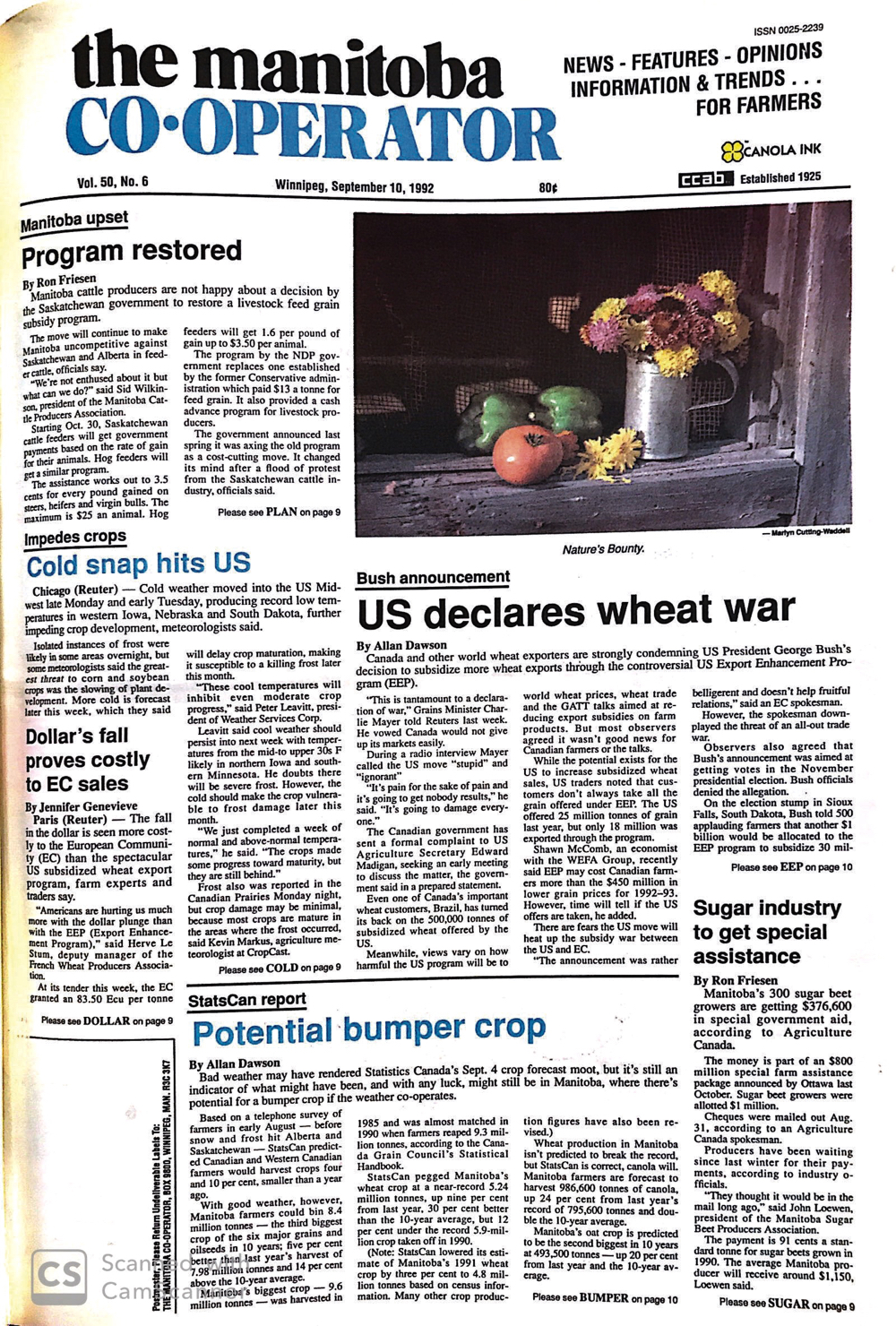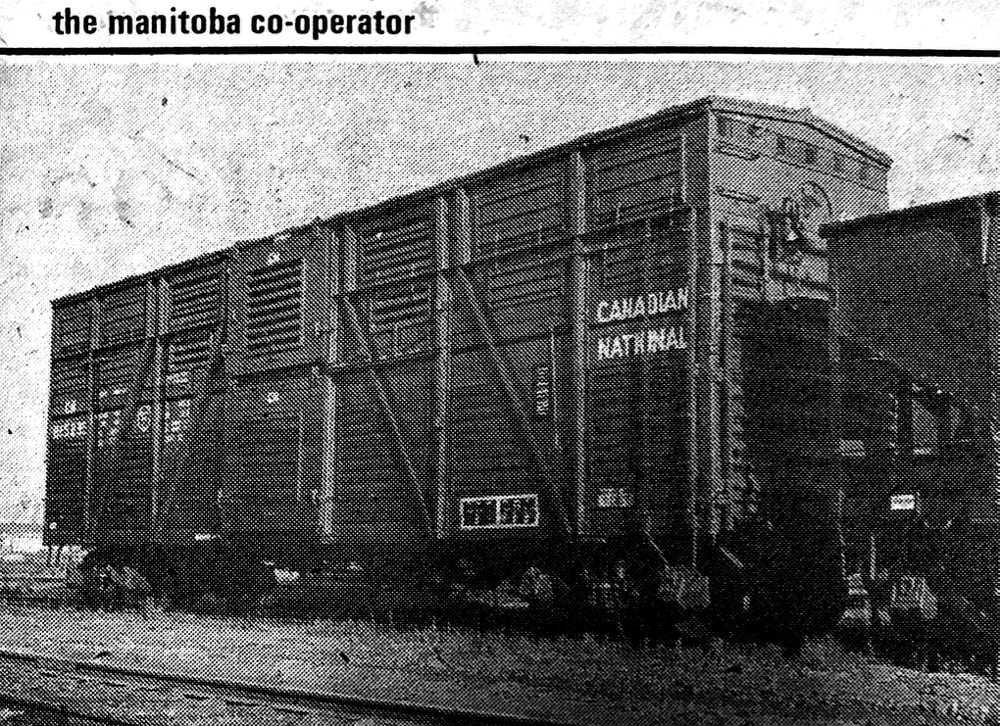Your seed treatment options in this ad from our March 12, 1953 issue included mercury-based Ceresan and Benesan, or C-I-L Bunt Cure, which was a non-mercurial treatment for wheat costing three cents an acre.
Among the front page news items that week was the death of Soviet Premier Joseph Stalin at age 73, introduction of a new program for rabies control, and concern that the Manitoba government had not approved a marketing plan for honey producers. However, the biggest news that month was the lifting of the U.S.’s one-year ban on import of Canadian livestock following an outbreak of foot-and-mouth disease in Saskatchewan in February 1952.
Read Also

BASF announces InVigor seed treatment switch
BASF will change the base seed treatment for InVigor canola hybrids in 2023 out of an “abundance of caution,” Brent…
Cattle were moving in the other direction — we reported that a shipment of 1,000 head to the Toronto, Ottawa, Montreal and Winnipeg markets would make shippers a half-cent-per-pound profit or $3,500 on the approximately 700,000 pounds. Both Canada and the U.S. were said to be holding large cattle supplies — one million and 20 million head respectively more than the year before. The same article said Britain was paying Argentina 19 cents per pound for dressed sides of beef, which compared to U.S. and Canadian prices of 40 to 46 cents.
At the annual meeting of the Manitoba branch of the Canadian Seed Growers, farmers heard that 150 bushels of CT186 wheat were being successfully grown out over the winter in the southern U.S. It was said to be the only variety in North America resistant to the devastating rust race 15B.















